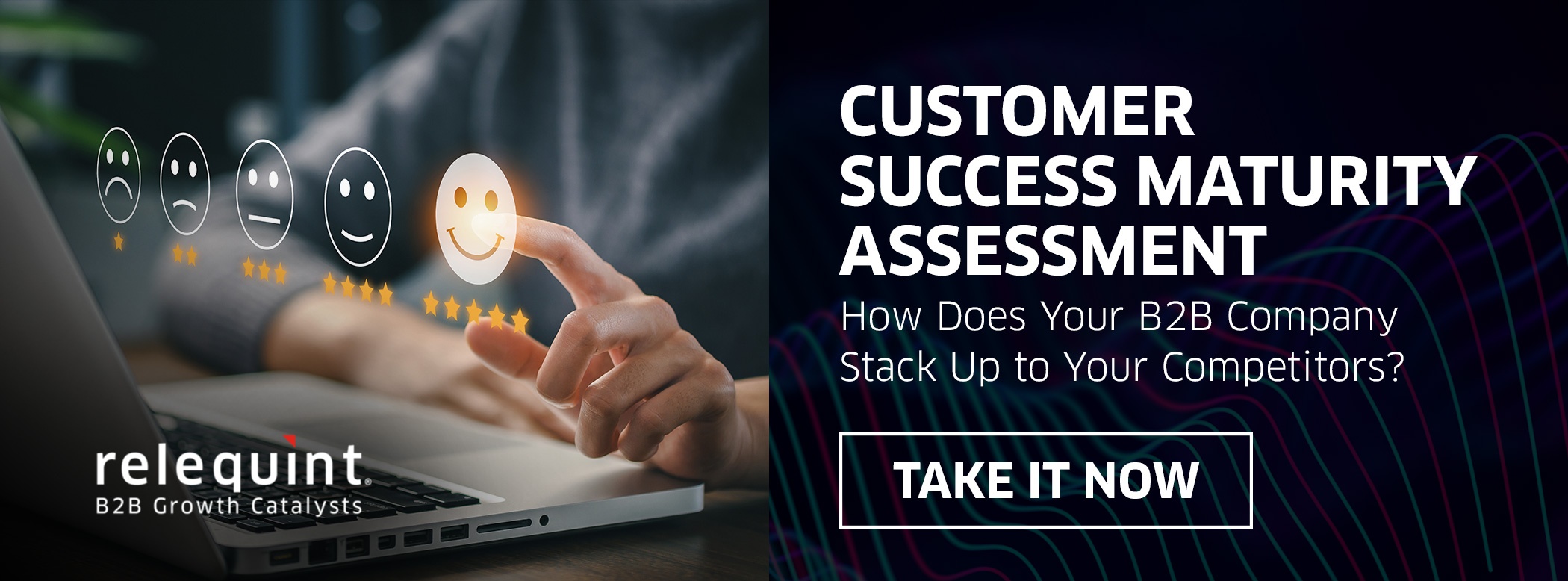In today's highly competitive business environment, optimizing revenue operations is crucial for growth and success. Sales, marketing, and customer success teams have all the correct data to drive growth—the problem is that this data is often siloed and not in the right hands to be truly valuable.
One way to fix this is through a Revenue Operations (RevOps) Model that aligns sales, marketing, and customer success and puts everyone on the same page to drive increased returns on investment.
This blog will discuss the importance of integrating Customer Success into a RevOps model and how the ROI of customer success can significantly impact your organization. By the end of this blog, you'll have all the insight you need to take advantage of the RevOps model and drive growth.
The Revenue Operations (RevOps) Model
So, what exactly is RevOps? It might sound like just another buzzword, but it carries much more weight for a growing company. Typically, when your marketing team makes decisions, they act on marketing data. The same is true of the sales team: when they make decisions, they act on sales data.
But when data stays siloed like this, it hampers growth that could otherwise be achieved without more collaboration.
The goal of the RevOps model is to integrate and align sales, marketing, and customer success into a single, unified strategy. In other words, all departments work together towards common goals and collaborate effectively for organizational success.
The benefits of this model are undeniable. Not only does optimizing revenue operations bring about better data-driven decision-making, but it also streamlines processes and improves overall customer experiences.
The Role of Customer Success
At its heart, Customer Success is centered around helping customers achieve their desired outcomes, ensuring their satisfaction and loyalty.
When integrated into a RevOps model, it can drive revenue growth by maximizing the value of your customers throughout their lifecycle. Key metrics for evaluating Customer Success include customer lifetime value (CLV), customer acquisition cost (CAC), and net promoter score (NPS).
How ROI of Customer Success Drives RevOps
Integrating Customer Success in a RevOps model significantly impacts ROI through three main channels:
Increasing Customer Lifetime Value (CLV)
Opportunities for cross-selling and upselling can be identified when Customer Success teams monitor customer usage, proactively identifying areas where additional products or services could be offered. By ensuring customer satisfaction and retention, your organization can continue to generate revenue from satisfied customers over an extended period.
Reducing Customer Acquisition Costs (CAC)
Efficient onboarding and implementation of new customers, spearheaded by Customer Success teams, can lead to quicker time-to-value and increased satisfaction, decreasing the overall cost associated with acquiring new customers. Minimizing churn rates, accomplished by addressing customer concerns and proactively offering solutions, reduces resource expenditure on continuously acquiring new customers.
Enhancing Referrals and Advocacy
Satisfied customers can become brand promoters, generating positive word-of-mouth referrals and reviews, leading to cost-effective lead generation. Customer advocacy can also contribute to improved market reputation and overall brand perception.
Challenges and Considerations
Implementing Customer Success in a RevOps model requires overcoming a few hurdles, such as balancing resources and investments, navigating internal resistance to change, and effectively leveraging data and analytics to inform decision-making.
You need clear, reliable data to understand your customers, anticipate their needs, and trace the customer journey from marketing to sales to customer success. However, managing and interpreting this data can seem daunting—Remember that data isn't helpful unless converted into actionable insights.
Measuring the ROI of Customer Success
Measuring the ROI of Customer Success is vital in understanding the overall impact of integrating it into your RevOps model. Here's how you can dive deeper into measuring its effectiveness:
Investing in robust and versatile tools is key to tracking the ROI of Customer Success. Look for platforms that integrate well with your existing systems, offering features such as reporting, analytics, and customer feedback capabilities. These tools should enable your team to monitor critical metrics like CLV, churn rates, or referral-driven revenue.
Additionally, consider adopting methodologies like cohort analysis to derive insights into the incremental profitability of each customer group. This approach breaks down your customer base into distinct segments and evaluates their behavior over time to help you understand what drives customer success and better tailor your efforts accordingly.
Another essential step to ensure that your Customer Success strategy effectively contributes to your organization's growth is to set clear benchmarks and goals. Identify KPIs and targets, such as CLV, churn rates, and up-sell revenue, so your team has a blueprint to channel their efforts towards clearer objectives.
Conclusion
As we have seen, the ROI of Customer Success in a RevOps model can significantly impact your organization through increased CLV, reduced CAC, and enhanced referrals and advocacy. However, as with any new venture, stepping into this area without proper guidance can result in unnecessary costs, risks, and missteps.
As a growth-driven brand with expertise in marketing automation and inbound content, Relequint is perfectly positioned to help your organization implement a RevOps model and mature your Customer Success strategy.







 By
By 
